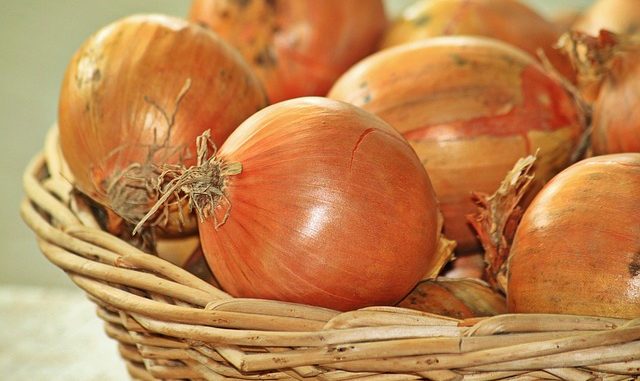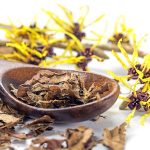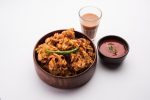
Onions (Allium cepa L.) are highly valuable vegetables used in a wide range of recipes and are now only second to tomatoes as the most important horticultural crop. Production levels are 66 million tonnes per annuum (FAO, 2008). It seems that an awful amount of it is discarded as waste during food preparation, such as the brown onion skin and other less palatable layers such as the outer fleshy layers, roots and stalks. However, studies in the last few years have shown that these layers are rich in antioxidants, fibre and colouring materials. The fleshy pieces of the bulbs are also rich in flavour molecules such as cysteine sulphoxides and some dietary fibre such as the fructans (Griffiths et al., 2002). It is estimated that the European Union produces a half-million Tonnes of onion waste which could be put to better use. Onion is not a suitable feed stock because of its flavour.
Research at the Department of Agricultural Chemistry in the Autonomous University of Madrid in conjunction with Cranfield University (UK) has been identifying potential uses for all this onion waste. They looked at the range of products that might be extracted from various parts of the waste onion (Benítez et al., 2011) and noted the great variety of nutraceuticals that could be obtained. The implication would be to separate the different waste streams to maximise component recovery. The brown flaky layers would provide dietary fibre and antioxidants such as quercetin. The Madrid based group has focused on the dietary fibre element, putting it to use in a feeding study, using rats. They fed onion fibre as part of a high fat, high-cholesterol diet.
Typically, the onion derived fibre helped digestion and reduced serum and total cholesterol levels in those rats fed the onion in their diets (Benítez et al., 2012).
If you are interested in growing onions then please refer to our cultivation section.
References
Benítez V., Mollá, E,, Martín-Cabrejas M.A., Aguilera, Y., López- Andréu F.J., Cools K., Terry L.A., Esteban, R.M. (2011) Characterization of industrial onion wastes (Allium cepa L.): dietary fiber and bioactive compounds. Plant Foods Hum. Nutr. 66 pp.48–57
Benítez, V., Mollá, E., Martín-Cabrejas, M. A., Aguilera, Y., López-Andréu, F. J., & Esteban, R. M. (2012). Onion (Allium cepa L.) by-products as source of dietary fiber: physicochemical properties and effect on serum lipid levels in high-fat fed rats. European Food Research and Technology, 234 pp. 617-625
FAO Statistics (2008) Productions, crops. Retrieved December 2012 http://faostat.fao.org/site/567/default.aspx#ancor
Griffiths, G., Trueman, L., Crowther, T., Thomas, B., Smith, B. (2002) Onions-a global benefit to health. Phytother Res. 16 pp. 603–615


Leave a Reply